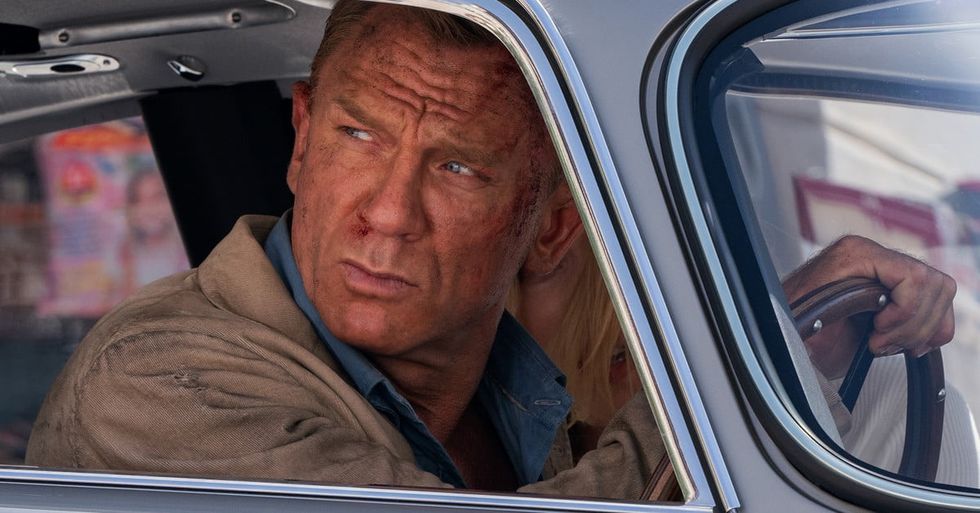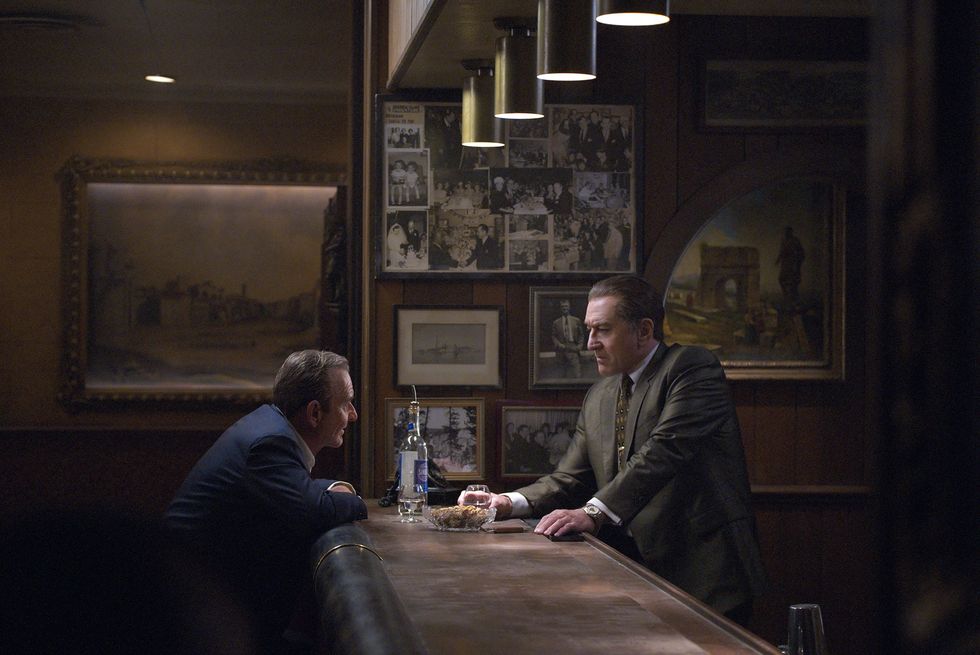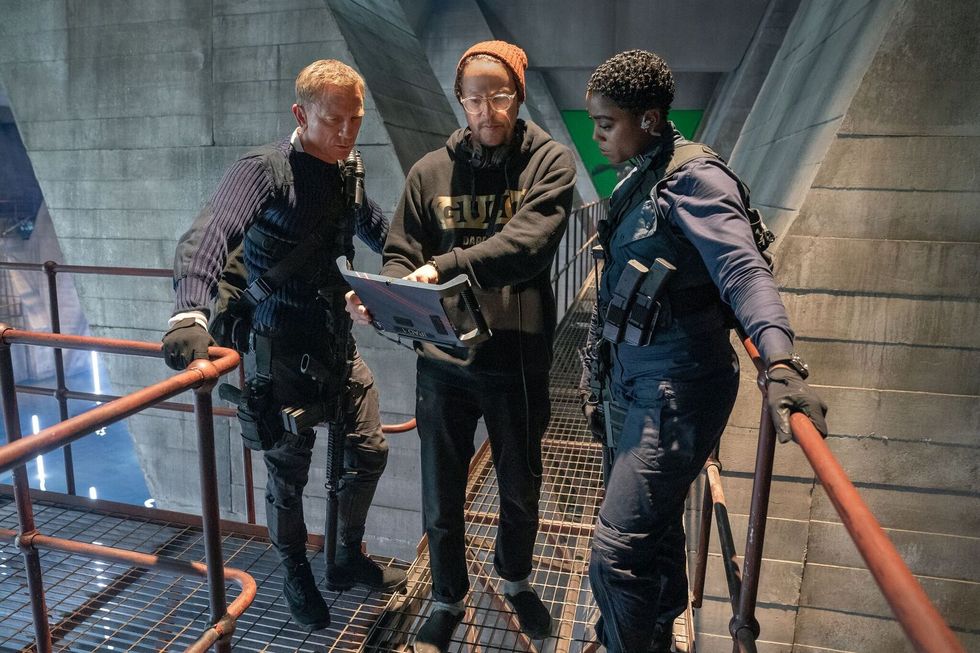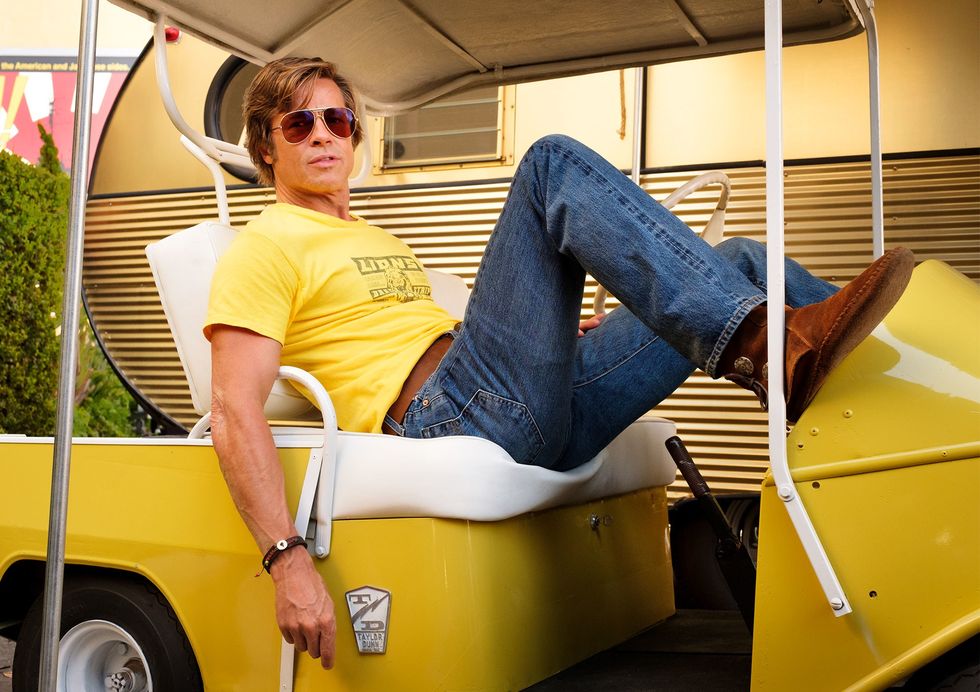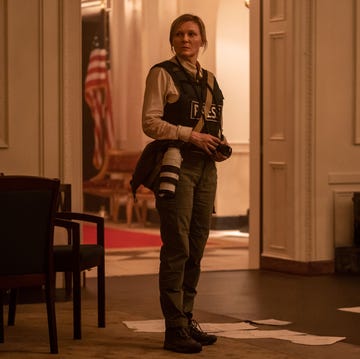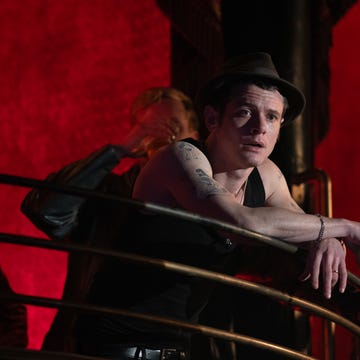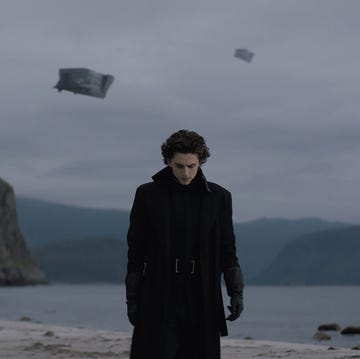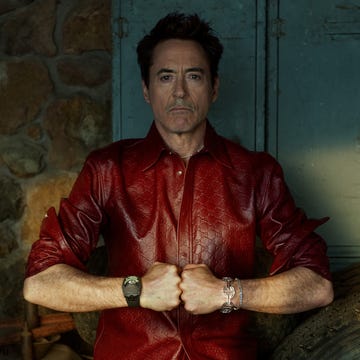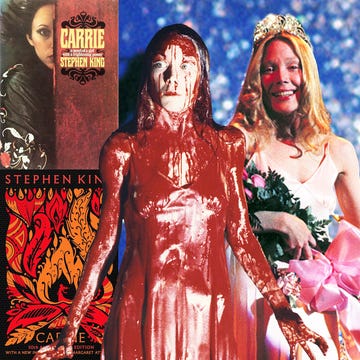This year, some of the most exciting films playing in cinemas will be wide-format film releases, hinting that classic cinema is undergoing a renaissance at the box office. From forthcoming Bond 25 film No Time To Die, to Christopher Nolan's Tenet and DC Comics Wonder Woman 1984, all have been partially shot on 70mm film stock.
It follows a bumper year for 35mm film releases in 2019, with Tarantino's Once Upon a Time in Hollywood and Greta Gerwig's Little Women both shot on film, and Martin Scorsese's The Irishman on a combination of digital and film.
“To say that it was a banner year for film would be the understatement of the year,” Steve Bellamy, president of Kodak’s Motion Picture and Entertainment division, told Indie Wire, adding that Kodak, "sold the most 65mm film of any year in cinema history, and the massive migration into 8mm and 16mm film from the next generation of auteur kids."
The boom in shooting on film signals a return to classic cinema, perhaps a backlash both to the glut of digitally enhanced blockbusters and the increase of straight-to-streaming digital films which have lead to a decline in people going out to the cinema.
Bond 25 is a return to the the 70mm format which both Octopussy (1983) and Never Say Never Again (1983) were shot on. It is the first Bond film to be shot with IMAX film cameras on both 15 and 70mm stock to give a high quality and cinematically classic feel on screen.
With No Time To Die recently confirmed as the longest Bond film ever, the film throws up complications as 70mm IMAX was originally limited to a 45-minute duration due to the size and weight of the film platters. Improvements to the projection system have meant the run time has been pushed to longer, but Bond 25 will almost rival Interstellar as the longest 70mm film ever shown on IMAX.
Fukunaga, a self-taught cinematographer, has previously shot on 35mm film for his 2011 adaptation of Jane Eyre and his 2009 debut Sin Nombre. Using celluloid film has become the calling card of cinema-obsessed auteurs, with directors such as Christopher Nolan, Alfonso Cuarón, Paul Thomas Anderson and Quentin Tarantino signalling their appreciation of classic cinema by using the format in their films.
It's also become a point of difference between these kind of directors and rise of entertainment produced purely to be streamed at home. In 2016 book The Netflix Effect: Technology and Entertainment in the 21st Century, falling cinema attendance is partly attributed to the decline of celluloid film. "As fewer theatrical exhibition venues screen actual celluloid, with 35mm (or 70mm) films no longer shown in movie theatres, there is less incentive for cinema viewers to leave their digital streaming at home for projected digital media in the theatre."
Though the use of film in Netflix's The Irishman and Marriage Story are more about their directors Martin Scorsese and Noah Baumbach adding some cinematic warmth and old school sentiment to their movies, they both played in cinemas as well as on the streaming site.
The huge box office success of Once Upon a Time in Hollywood shows how a film celebrating old school cinema, both in production and storyline, is a jolt of nostalgia which gives people a reason to buy a ticket and soak up a cinematic experience they can't get at home. Undoubtedly the release of No Time To Die and Tenet will be a test for whether using celluloid film – a considerably more expensive way to shoot – is something special enough to be worth leaving the house for.
Like this article? Sign up to our newsletter to get more delivered straight to your inbox
